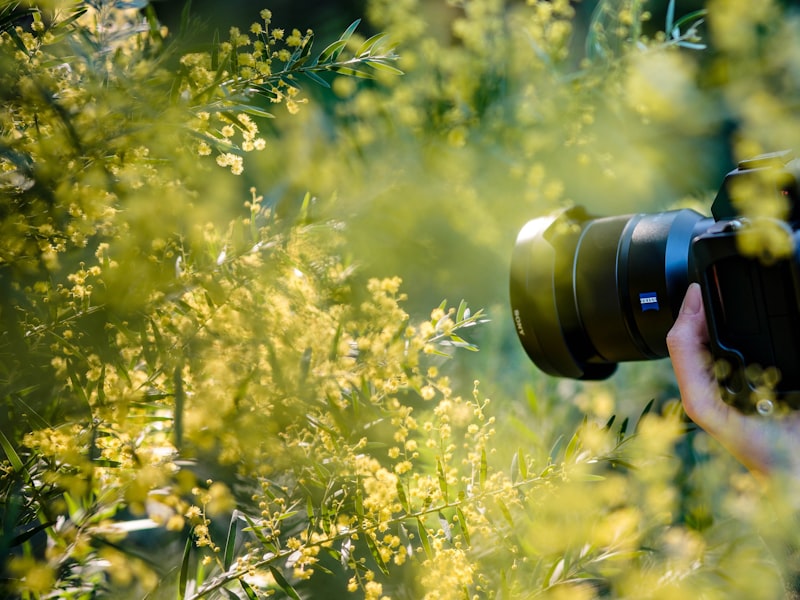Considering that the invention in the wooden beehive 150+ years ago, there’ve been few innovations in beehive design. But that’s all changing now-at warp speed. Where other industries had the posh to evolve slowly, beekeeping must deploy the most recent technologies if it’s to perform in the face of growing habitat loss, pollution, pesticide use and also the spread of worldwide pathogens.
Enter in the “Smart Hive”
-a system of scientific bee care made to precisely monitor and manage conditions in hives. Where traditional beekeepers might visit each hive with a weekly or monthly basis, smart hives monitor colonies 24/7, so can alert beekeepers to the dependence on intervention after a difficulty situation occurs.
“Until the arrival of smart hives, beekeeping really was a mechanical process.” Says our founder and Chief Science Officer, Dr. Noah Wilson-Rich. “With technology we’re bringing bees in the Internet of products. If you're able to adjust your home’s heat, turn lights off and on, see who’s at your entry way, all coming from a cell phone, why don't you perform the do i think the beehives?”
While many understand the economic potential of smart hives-more precise pollinator management can have significant effect on the conclusion of farmers, orchardists and commercial beekeepers-Wilson-Rich and the team at the best Bees is most encouraged by their effect on bee health. “In the U.S. we lose almost half of our own bee colonies each and every year.“ Says Wilson-Rich. “Smart hives allow for more precise monitoring and treatment, and that can often mean a significant improvement in colony survival rates. That’s victory for anyone in the world.”
The very first smart hives to be sold utilize solar powered energy, micro-sensors and smartphone apps to watch conditions in hives and send reports to beekeepers’ phones about the conditions in each hive. Most smart hive systems include monitors that measure hive weight, temperature, humidity, CO2 levels, acoustics and even, bee count.
Weight. Monitoring hive weight gives beekeepers an indication from the start and stop of nectar flow, alerting these to the need to feed (when weight is low) and to harvest honey (when weight is high). Comparing weight across hives gives beekeepers a feeling of the relative productivity of each colony. A dramatic stop by weight can advise that the colony has swarmed, or perhaps the hive has been knocked over by animals.
Temperature. Monitoring hive temperature can alert beekeepers to dangerous conditions: excessive heat indicating the hive needs to be gone after a shady spot or ventilated; unusually low heat indicating the hive needs to be insulated or protected against cold winds.
Humidity. While honey production generates a humid environment in hives, excessive humidity, mainly in the winter, is usually a danger to colonies. Monitoring humidity levels can let beekeepers realize that moisture build-up is occurring, indicating an excuse for better ventilation and water removal.
CO2 levels. While bees can tolerate better levels of CO2 than humans, excessive levels can kill them. Monitoring CO2 levels can alert beekeepers towards the need to ventilate hives.
Acoustics. Acoustic monitoring within hives can alert beekeepers to a number of dangerous situations: specific changes in sound patterns could mean the loss of a queen, swarming tendency, disease, or hive raiding.
Bee count. Counting the amount of bees entering and leaving a hive can provide beekeepers a signal from the size and health of colonies. For commercial beekeepers this will indicate nectar flow, and also the must relocate hives to more lucrative areas.
Mite monitoring. Australian scientists are tinkering with a new gateway to hives that where bees entering hives are photographed and analyzed to ascertain if bees have found mites while outside the hive, alerting beekeepers of the have to treat those hives to prevent mite infestation.
Some of the more complex (and dear) smart hives are created to automate most of standard beekeeping work. These range from environmental control, swarm prevention, mite treatment and honey harvesting.
Environmental control. When data indicate a hive is too warm, humid or has CO2 build-up, automated hives can self-ventilate, optimizing internal environmental conditions.
Swarm prevention. When weight and acoustic monitoring advise that a colony is getting ready to swarm, automated hives can change hive conditions, preventing a swarm from occurring.
Mite treatment. When sensors indicate the existence of mites, automated hives can release anti-mite treatments such as formic acid. Some bee scientists are trying out CO2, allowing levels to climb sufficient in hives to kill mites, and not sufficient to endanger bees. Others work with a prototype of a hive “cocoon” that raises internal temperatures to 108 degrees, a degree of heat that kills most varroa mites.
Feeding. When weight monitors indicate low levels of honey, automated hives can release stores of sugar water.
Honey harvesting. When weight levels indicate a good amount of honey, self-harvesting hives can split cells, allowing honey to empty away from specifically created frames into containers beneath the hives, willing to tap by beekeepers.
While smart hives are only beginning to be adopted by beekeepers, forward thinkers in the industry are actually going through the next-gen of technology.
To learn more about Thung ong thong minh just go to our webpage
